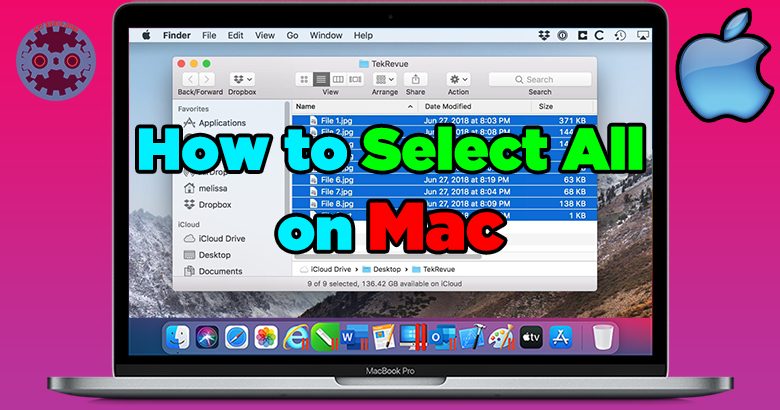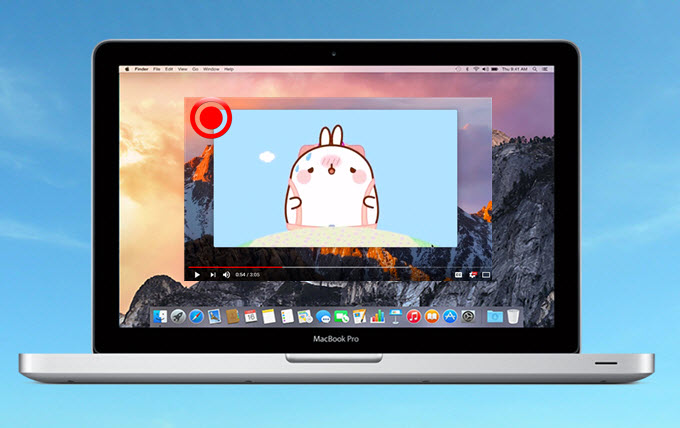Looking to connect your Canon camera to your MacBook? We’ve got you covered! In this article, we’ll walk you through the simple and straightforward steps to successfully connect your Canon camera to your MacBook. Whether you’re a professional photographer, a hobbyist, or just someone who wants to transfer photos seamlessly, our guide will help you get started. So, let’s dive right in and learn how to connect Canon camera to MacBook effortlessly.
Table of Contents
- 1 How to Connect Canon Camera to MacBook
- 2 Frequently Asked Questions
- 2.1 How can I connect my Canon camera to my MacBook?
- 2.2 What type of cable do I need to connect my Canon camera to my MacBook?
- 2.3 Can I transfer photos directly from my Canon camera to my MacBook?
- 2.4 Do I need any additional software to connect my Canon camera to my MacBook?
- 2.5 I connected my Canon camera to my MacBook, but it is not recognized. What should I do?
- 3 Final Thoughts
How to Connect Canon Camera to MacBook
Capturing memories with your Canon camera is a delightful experience, but transferring those cherished photos and videos to your MacBook can sometimes be tricky. In this guide, we will explore various methods to help you connect your Canon camera to your MacBook seamlessly. Whether you own a Canon EOS, PowerShot, or any other model, we’ve got you covered. Let’s dive in!
Method 1: Connecting via USB Cable
One of the most common and straightforward ways to connect your Canon camera to your MacBook is by using a USB cable. Follow these steps to establish a connection:
1. Start by powering off your Canon camera and MacBook. This precautionary step ensures a safe connection.
2. Locate the USB port on your Canon camera. It is usually found on the side or back of the camera body. For some models, you may need to access a hidden compartment.
3. Connect one end of the USB cable to the USB port on your Canon camera.
4. Now, locate the USB port on your MacBook. The newer MacBook models usually feature USB-C ports, whereas older models have USB-A ports. If your MacBook has USB-C ports, you may require a USB-C to USB-C cable or a USB-C to USB-A adapter.
5. Connect the other end of the USB cable to the appropriate USB port on your MacBook.
6. Power on your Canon camera and MacBook.
7. Your MacBook should recognize the connected Canon camera automatically. If not, open the “Photos” or “Image Capture” application on your MacBook. These applications should detect your camera and display the available media files.
8. Select the files you wish to import and click on the “Import” button.
Method 2: Connecting via SD Card Reader
If your Canon camera uses an SD card, another convenient method to connect it to your MacBook is by using an SD card reader. Here’s how:
1. Power off your Canon camera.
2. Locate the SD card slot on your Canon camera. It is typically located on the side or bottom of the camera body.
3. Remove the SD card from your camera and insert it into the SD card slot in the card reader.
4. Connect the SD card reader to the appropriate USB port on your MacBook. As mentioned earlier, newer MacBook models have USB-C ports, so you may require an SD card reader compatible with USB-C or a USB-C to USB-A adapter.
5. Power on your MacBook.
6. Open the “Finder” application on your MacBook.
7. In the sidebar, you should see the SD card reader listed under the “Devices” section. Click on it to access the media files on your SD card.
8. Select the desired files and drag them to a folder on your MacBook or directly import them into photo or video editing software.
Method 3: Connecting via Wi-Fi
Some Canon cameras offer built-in Wi-Fi capabilities, allowing you to establish a wireless connection with your MacBook. Here’s how to set it up:
1. Power on your Canon camera.
2. On your camera, navigate to the Wi-Fi settings. The location of these settings varies depending on the model. Refer to your camera’s user manual for specific instructions.
3. Enable Wi-Fi on your camera and select the option to create a new Wi-Fi network. Your camera will generate a network name (SSID) and password.
4. On your MacBook, click on the Wi-Fi icon in the menu bar and select the Wi-Fi network created by your Canon camera.
5. Enter the password displayed on your camera when prompted.
6. Once connected, open the “Finder” application on your MacBook.
7. In the sidebar under “Shared,” you should see your Canon camera listed. Click on it to access the available media files.
8. Copy or import the desired files to your MacBook.
Method 4: Using Canon EOS Utility Software
Canon provides EOS Utility software, which can be a useful tool for connecting your Canon camera to your MacBook and transferring files. Here’s how to use it:
1. Power on your Canon camera.
2. Install the Canon EOS Utility software on your MacBook. You can download it from Canon’s official website.
3. Connect your Canon camera to your MacBook using a USB cable (refer to Method 1).
4. Launch the Canon EOS Utility software on your MacBook.
5. The software should automatically detect your connected Canon camera and display the available media files.
6. Select the files you want to transfer and click on the corresponding import or transfer button within the software.
7. Choose the destination folder on your MacBook where you want to save the imported files.
8. Wait for the transfer process to complete, and then safely disconnect your Canon camera from your MacBook.
Troubleshooting Tips
Sometimes, you may encounter issues when connecting your Canon camera to your MacBook. Here are a few troubleshooting tips to help you overcome common problems:
– Make sure your Canon camera’s battery is adequately charged to establish a stable connection.
– Try using a different USB cable or SD card reader to rule out potential cable or reader malfunctions.
– Restart both your Canon camera and MacBook before attempting the connection again.
– Update your MacBook’s operating system and Canon camera’s firmware to the latest versions to ensure compatibility.
– Disable any firewall or antivirus software on your MacBook temporarily, as they may interfere with the connection process.
– If using Wi-Fi, ensure that both your Canon camera and MacBook are within range of each other.
With these troubleshooting tips, you’ll be able to resolve most connection issues and enjoy a seamless experience when connecting your Canon camera to your MacBook.
In conclusion, connecting your Canon camera to your MacBook is easier than you might think. Whether you opt for the USB cable, SD card reader, Wi-Fi, or Canon EOS Utility software, you now have a range of options to choose from. Experiment with different methods and find the one that suits your needs best. Happy shooting and effortless transferring!
How to Wirelessly connect a Canon camera to a Mac
Frequently Asked Questions
How can I connect my Canon camera to my MacBook?
To connect your Canon camera to your MacBook, you can follow these steps:
What type of cable do I need to connect my Canon camera to my MacBook?
To connect your Canon camera to your MacBook, you will typically need a USB cable. The specific type of cable required may vary depending on the model of your camera. Most recent Canon models use a standard USB Type-A to USB Type-C cable. However, older models may use mini USB or micro USB cables. Make sure to check the documentation or the Canon website for the exact cable type needed for your camera model.
Can I transfer photos directly from my Canon camera to my MacBook?
Yes, you can transfer photos directly from your Canon camera to your MacBook. Once you have connected your camera to your MacBook using the appropriate USB cable, your MacBook should automatically recognize the camera and prompt you with options for importing photos. You can then select the photos you want to transfer and choose a destination folder on your MacBook.
Do I need any additional software to connect my Canon camera to my MacBook?
In most cases, you do not need any additional software to connect your Canon camera to your MacBook. The macOS operating system includes built-in support for Canon cameras, allowing you to transfer photos and videos without the need for extra software. However, if you want to access more advanced features or control your camera remotely, Canon provides software such as “EOS Utility” that can be downloaded from their website.
I connected my Canon camera to my MacBook, but it is not recognized. What should I do?
If your Canon camera is not recognized by your MacBook, try the following troubleshooting steps:
- Make sure the camera is turned on and set to the appropriate mode for data transfer.
- Check the USB cable connection to ensure it is securely connected to both the camera and the MacBook.
- Try using a different USB port on your MacBook or a different USB cable, if available.
- Restart your MacBook and reconnect the camera.
- If the issue persists, consult the Canon support website or contact Canon customer support for further assistance.
Final Thoughts
To connect your Canon camera to your MacBook, follow these simple steps: First, ensure that your camera is turned off. Then, connect the camera to your MacBook using the appropriate USB cable. Once connected, turn on your camera. Your MacBook should automatically detect the camera and open the Photos app. You can now access and import your photos from your Canon camera to your MacBook with ease. Connecting your Canon camera to your MacBook is a straightforward process and allows you to seamlessly transfer your photos for editing or sharing.

